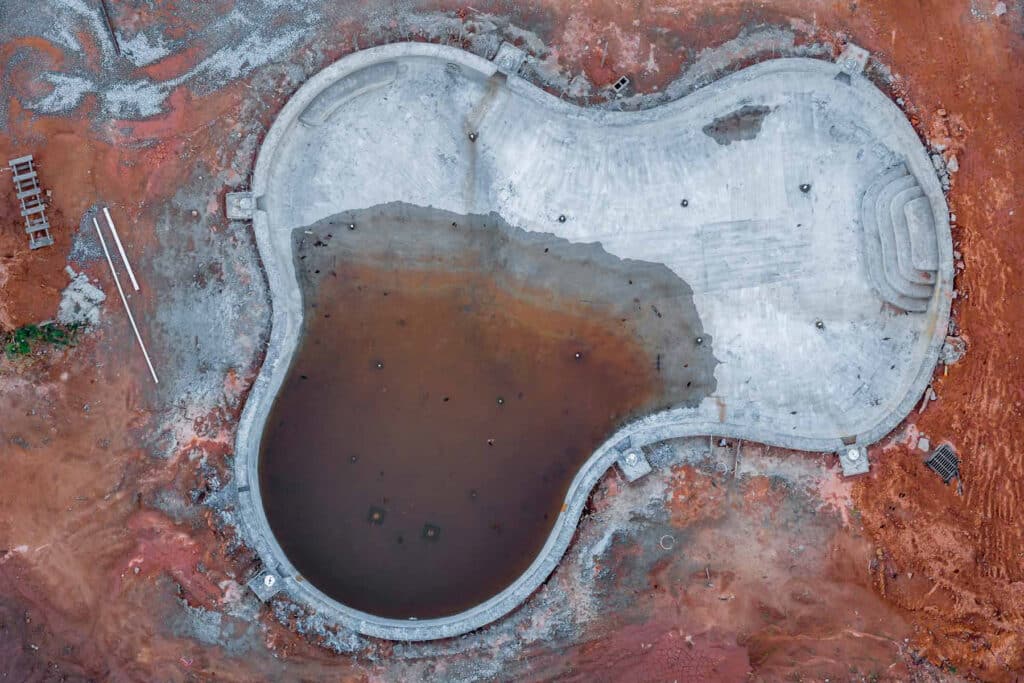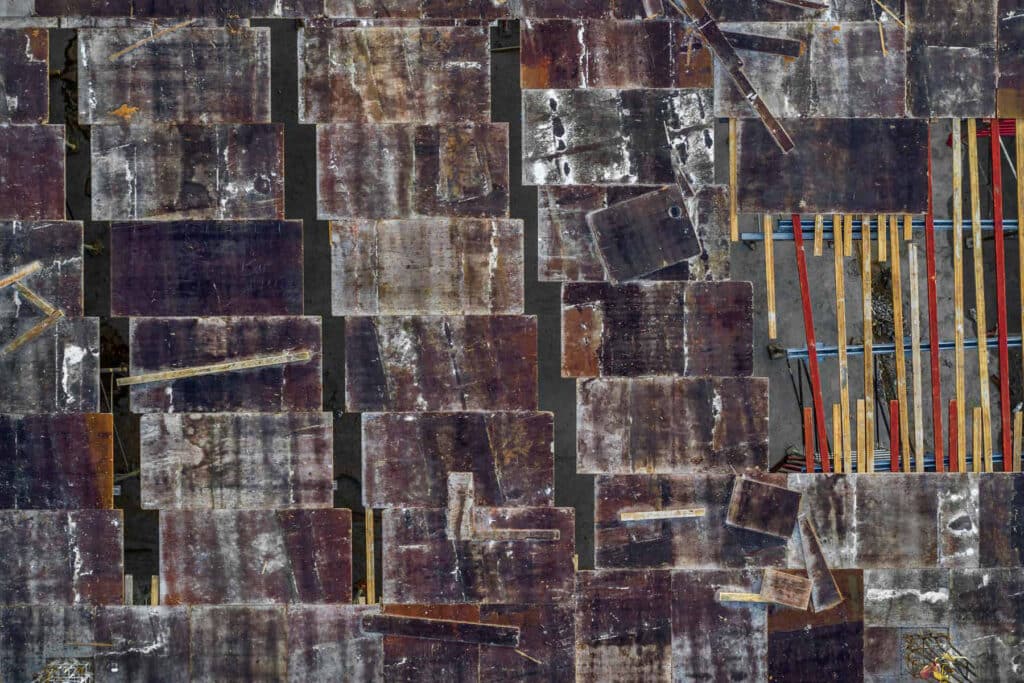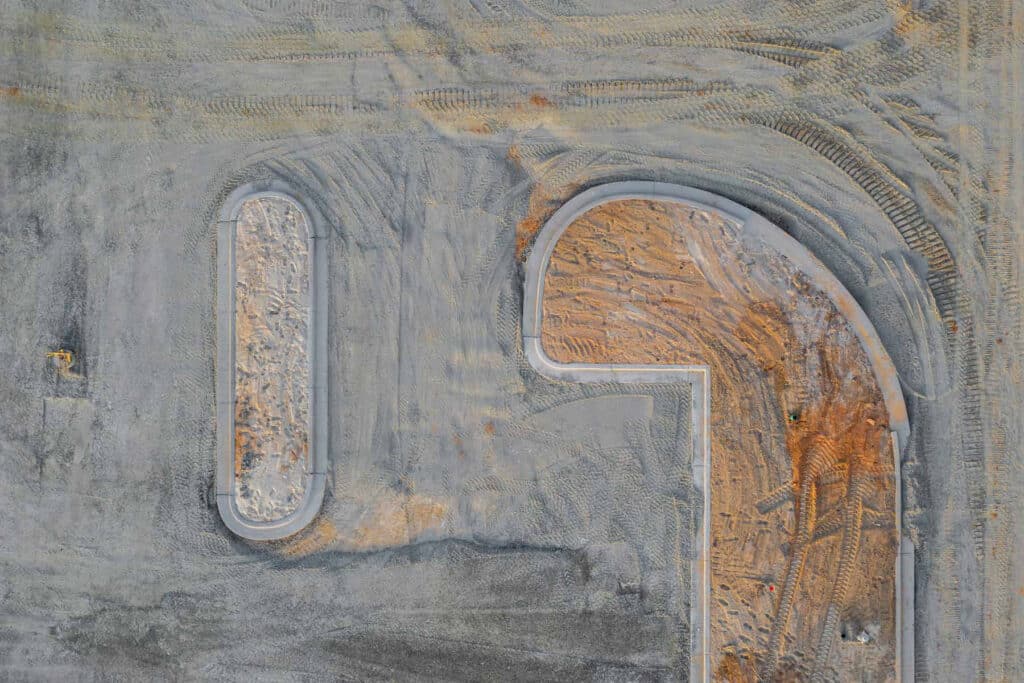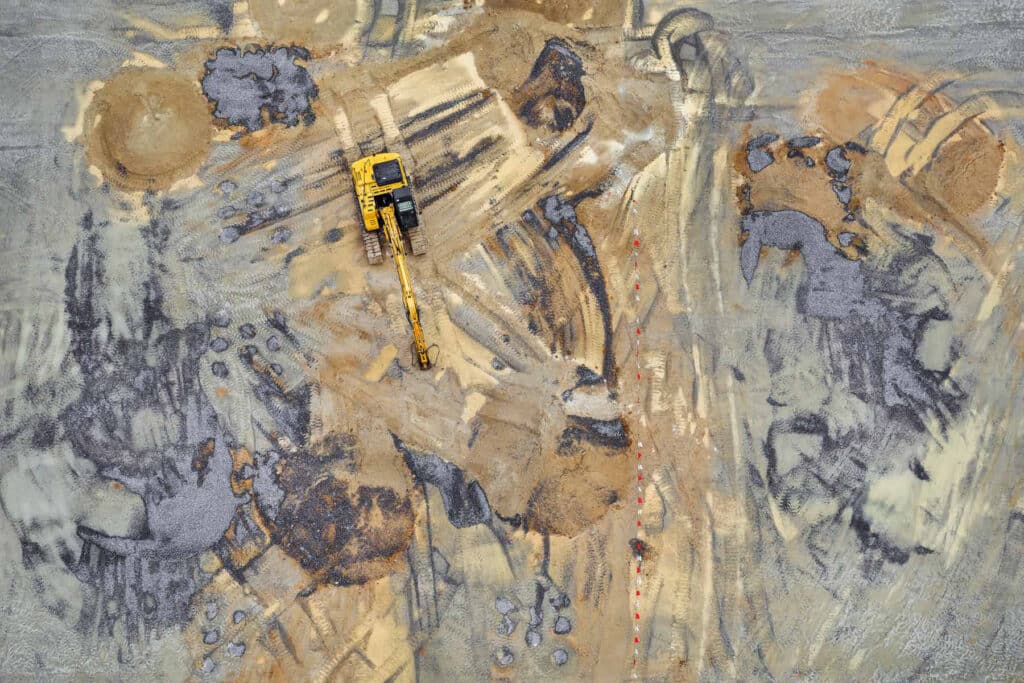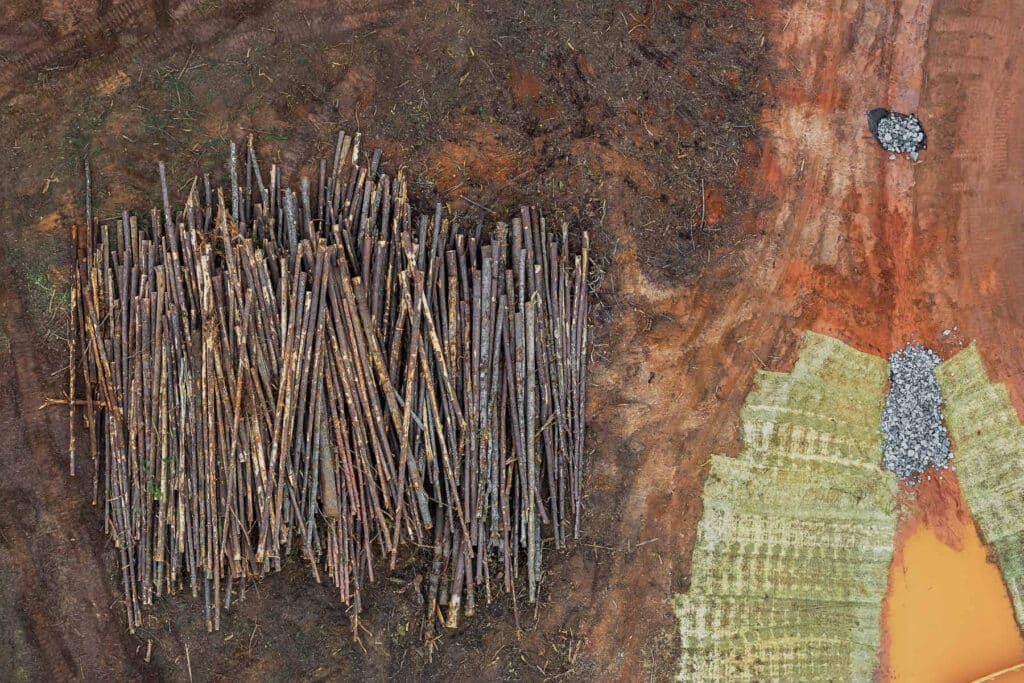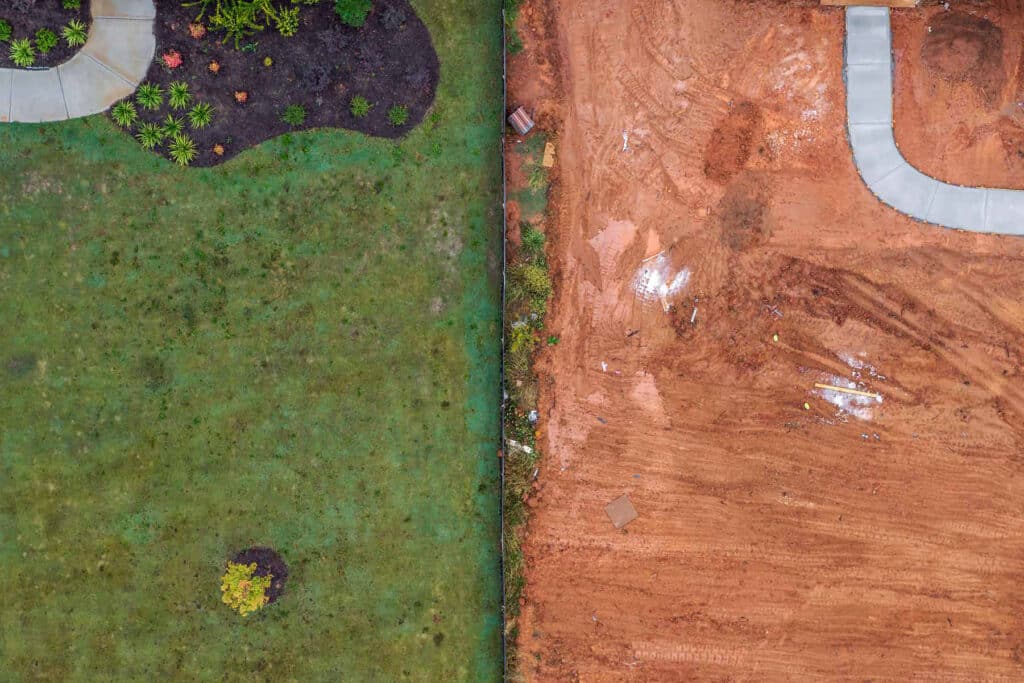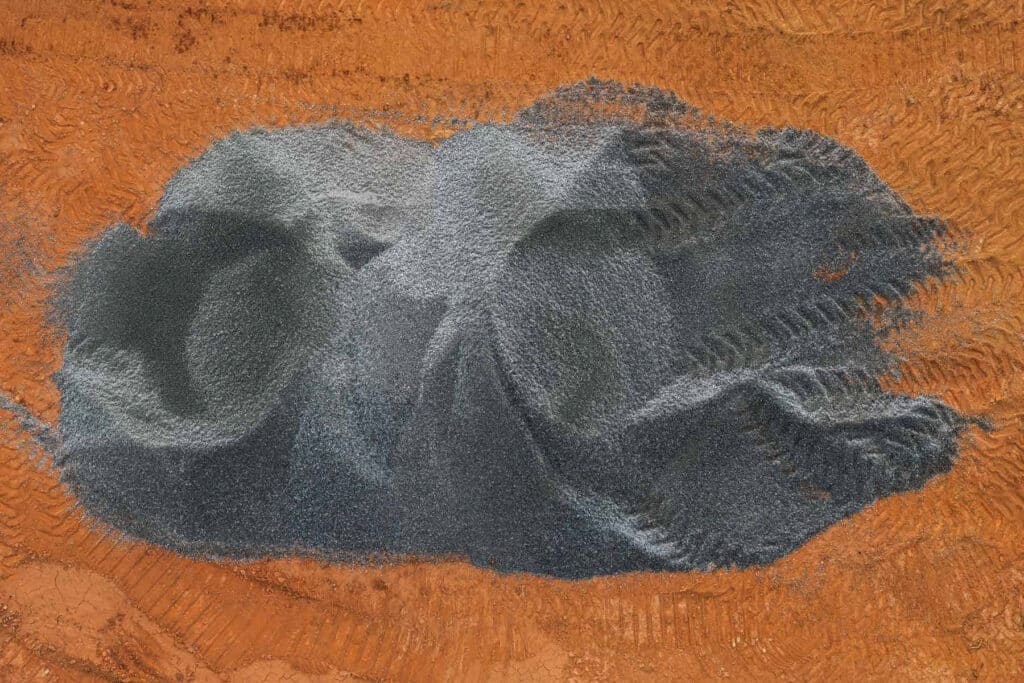“Atlanta is built for business,” crows the Metro Atlanta Chamber, and few would argue otherwise. The city has long touted itself as the capital of the New South, the shiny new kid on the block with his eyes on the next block over and the one after that, too. Atlanta proper houses only half a million people, but the population of the twenty-one-county metro Atlanta region is now over six million and rising. By mid-century, another two million people will call Atlanta home. It’s the least densely populated metropolitan area in the country, with no ocean or mountain range to hem it in. Atlanta can grow to the horizon, like many other large Southern metropolitan regions, including Dallas, Orlando, Houston, Charlotte, Nashville, and Raleigh-Durham. Six of the nation’s ten fastest-growing states are in the South. Nearly 40 percent of the country lives here.
They wouldn’t be coming if they didn’t like what they see: plenty of sunshine and jobs, low taxes, usually affordable housing, and the promise of easy living. The South is still something of a blank canvas where one can plunk down a million dollars, buy up some land, and call oneself a developer.
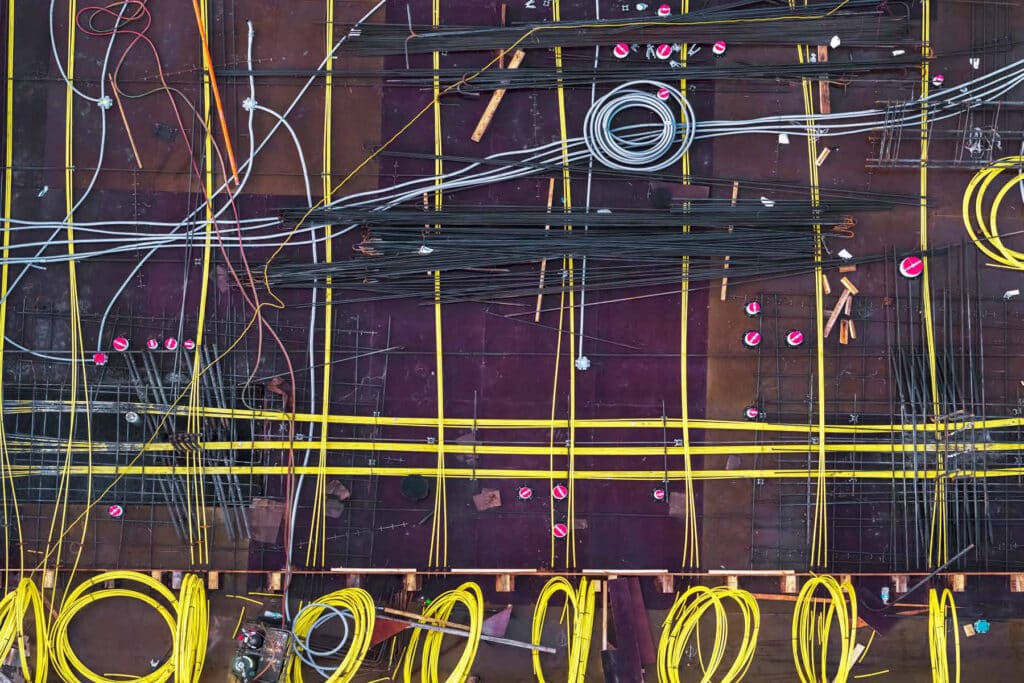
Cheek-by-jowl condos or skyscrapers may make in-town living expensive or undesirable, but there is still potential in the countryside. The next Charlie Croker is likely looking to build on pasture or forest 10, 20, 30, 40, or even 50 miles out of town.
A speedy ride up I-85 tells the Atlanta story in all its concrete-and-steel glory. Start at the Downtown Connector, where I-85 and I-75 run together about as smoothly as Karo on a corn dog. Past Spaghetti Junction, where it crosses Atlanta’s I-285 ring road in a dizzying array of bridges, the highway turns into a fourteen-lane monster that barrels through Gwinnett County.
An hour north of downtown and you’re still fighting traffic and counting warehouses while marveling at the sylvan-sounding names of subdivisions offering five-bedroom homes on quarter-acre lots. A copse or two of trees and maybe an old farm field are all that interrupts the sameness. A gargantuan factory rises over the once-bucolic countryside where SK Battery America settled on 300 acres outside the aptly named town of Commerce.

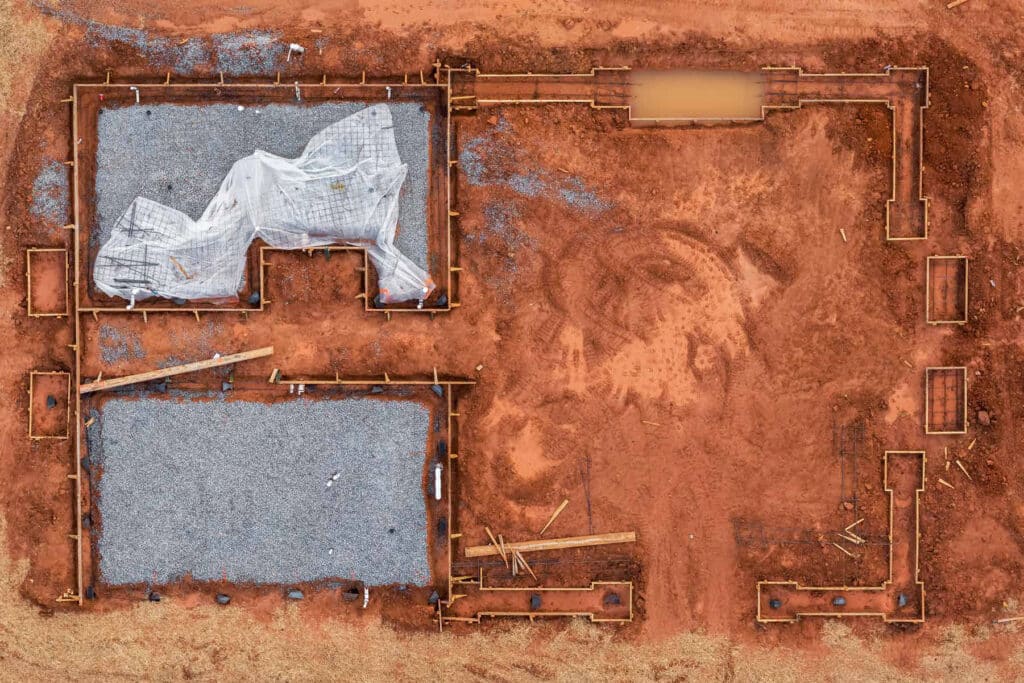
Soon, you’re in South Carolina and the heart of the “Southern Megalopolis.” Researchers at the U.S. Geological Survey and North Carolina State University coined the expression a decade ago. They predicted that the urban footprint between Atlanta and Raleigh would triple in size by 2060. At the time of the study, seven percent of the southeastern U.S. was covered in concrete. By 2060, 18 percent will be. A 400-mile ribbon of sprawl, with I-85 as its spine, will snake across the Piedmont.
“History suggests humans, in contrast to ants and slime molds, rarely optimize growth, particularly when multiple objectives such as profit, equity, and ecological integrity come into conflict,” the witty researchers wrote. I recently called the lead author of the megalopolis study to ask if anything had changed in the last decade. No, he said, if anything the sprawl has gotten worse.
Or maybe the situation is better, depending on your perspective. Factories bring jobs, and jobs attract newcomers. Workers need roads, homes, and grocery stores, so subdivisions and strip malls soon follow. Pro-development types call this the “highest and best use” for the land. Anti-development types call it something different. Atlanta prides itself on being a “city in a forest,” but its tree canopy, which was once close to 50 percent, keeps declining.

It’s the same disappointing arboreal story across the South. The US Forest Service predicts as much as 23 million acres of trees—equivalent to all the forests in Kentucky and South Carolina—will be lost to development across the region by 2060. Pity the poor birds, bees, frogs, turtles, snakes, bears, butterflies, and deer that roam from one habitat to another in search of sustenance and love. The South is one of the nation’s biodiverse hotspots, rivaled only by Hawaii and the Pacific Northwest. Survival depends on an animal’s or plant’s ability to seek greener pastures, especially as temperatures warm and weather becomes more extreme. As many as one million species worldwide are threatened with extinction.
“Land-use change is still the biggest current threat to nature,” the World Wildlife Fund reports. “The planet is in the midst of a biodiversity and climate crisis.” We say we love our Mother Earth. Three-quarters of us say contact with nature is very or extremely important for our health and emotional outlook. An even greater majority support the Endangered Species Act, which turns fifty this year, and its mandate to protect animals and biodiversity. The late E. O. Wilson, the beloved Alabama-bred entomologist and “father of biodiversity,” insisted that half of Earth’s land and waters need to remain wild to avoid mass extinctions of animals.


It’s doable. A wealth of nonprofits, conservation agencies, and people with means have taken to heart Mark Twain’s admonition to “buy land, they’re not making it anymore.” Cities and states are creating buffer zones between urban and rural. Large swaths of land have been designated as wildlife or climate corridors in anticipation of a dangerously warmer world. Sustainability is no longer just a buzzword among fringe environmentalists.
There’s sweet irony in conservative, pro-development Georgia embracing the Green Revolution. That factory in Commerce? It will churn out enough batteries to power 300,000 electric vehicles a year. A mega-factory east of Atlanta and another west of Savannah will soon produce hundreds of thousands of electric cars, trucks, and SUVs. It is all made possible with billions of dollars in state and local tax breaks and incentives.
Talk about the best use of raw land! The same holds true for warehouses and apartment buildings that embrace energyefficient, carbon-free, recycle-and-reuse design and materials. The Kendeda Building at the Georgia Institute of Technology in Atlanta, for example, is “net-positive” for energy and water, was built from salvaged lumber from downed trees on campus, deploys solar panels on the roof, and treats its own sewage in the basement. Wood is increasingly replacing steel, and recycled concrete builds foundations across Georgia. Atlanta’s mayor is pushing the city toward a noble goal of 100 percent clean energy by 2035.
Cities, like buildings, can be intelligently reimagined. Sustainable growth is good—it surely beats the alternative— and with it comes new opportunities and new stories. The future doesn’t have to be another destructive chapter in Atlanta’s relentless storybook of sprawl. There is all manner of possibility and intrigue in revitalization and renewal. It’s up to us to find beauty in progress.
Work in Progress, by Peter Essick is available from Fall Line Press at $65.

